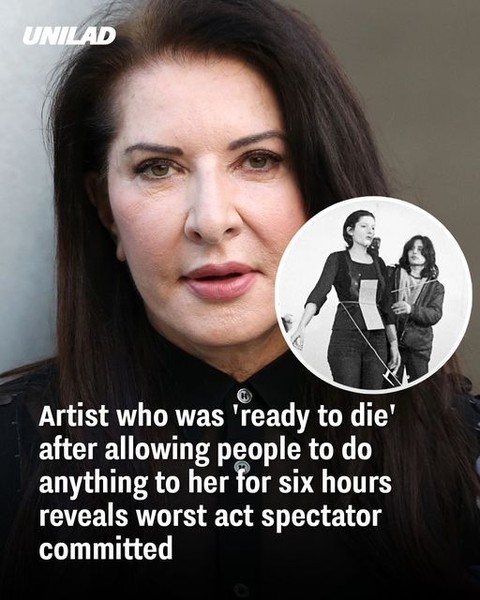In a harrowing reflection on one of the most controversial performances in modern art history, artist Marina Abramović has opened up about the shocking and disturbing acts she endured during her infamous 1974 performance, Rhythm 0. The performance, which lasted six hours, invited spectators to do anything they wanted to her, using any of the 72 objects she provided — ranging from feathers and roses to knives and a loaded gun.

Looking back, Abramović has said that Rhythm 0 was one of the most emotionally and physically exhausting experiences of her career. It exposed not only the extremities of art but also the moral and ethical lines that people can cross in the absence of accountability. Despite the trauma of the event, it has since become a defining moment in performance art history, cementing Abramović’s legacy as a pioneer of pushing the limits of human endurance and vulnerability.





